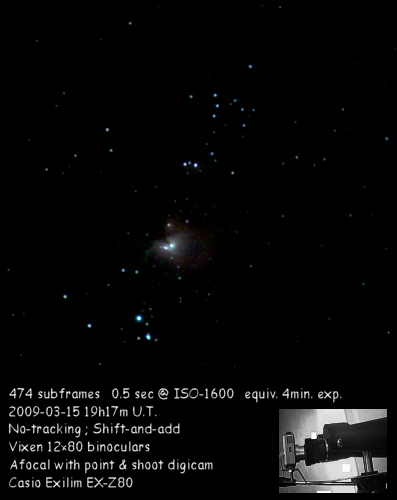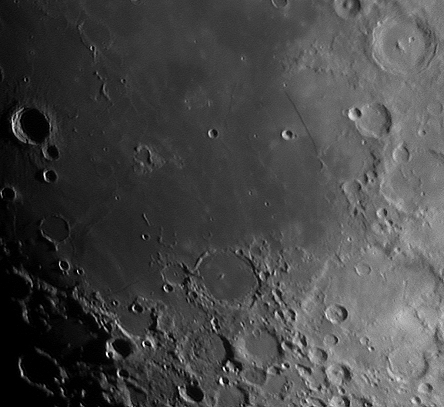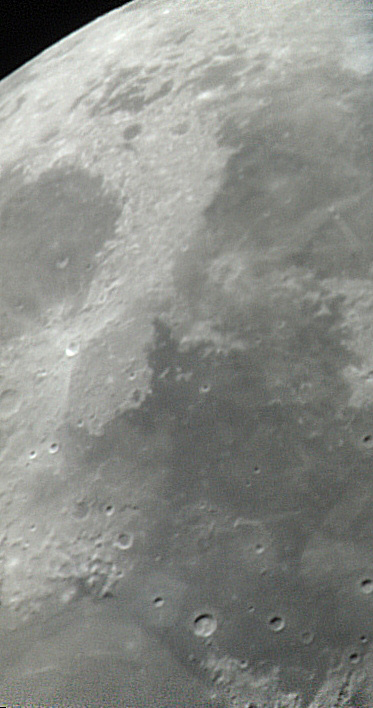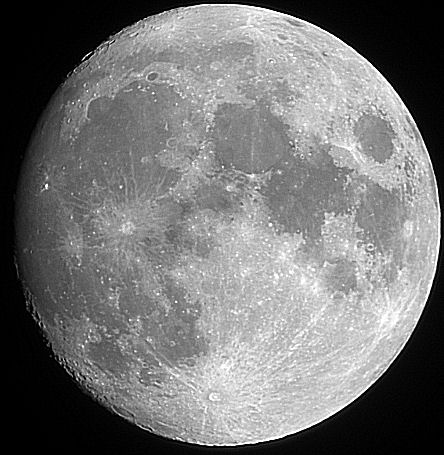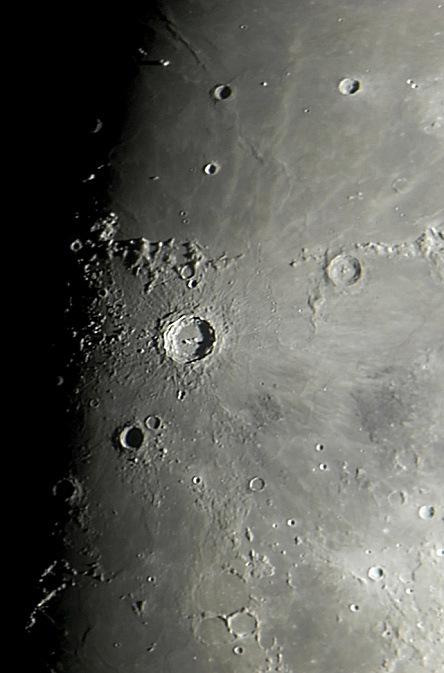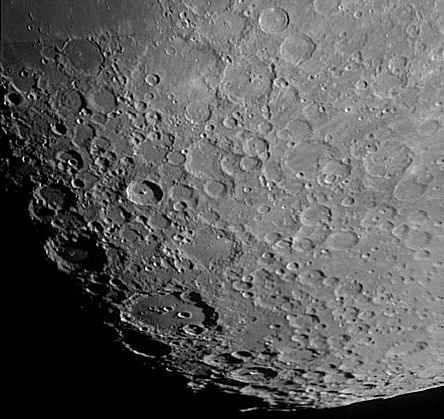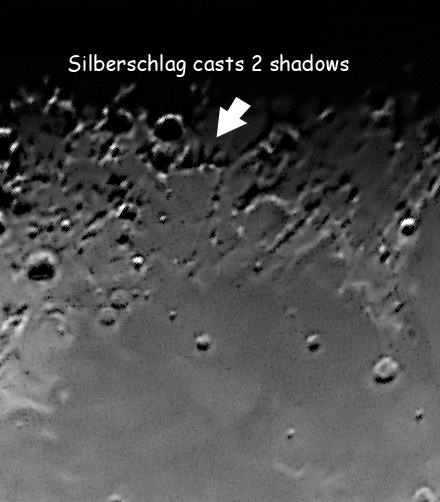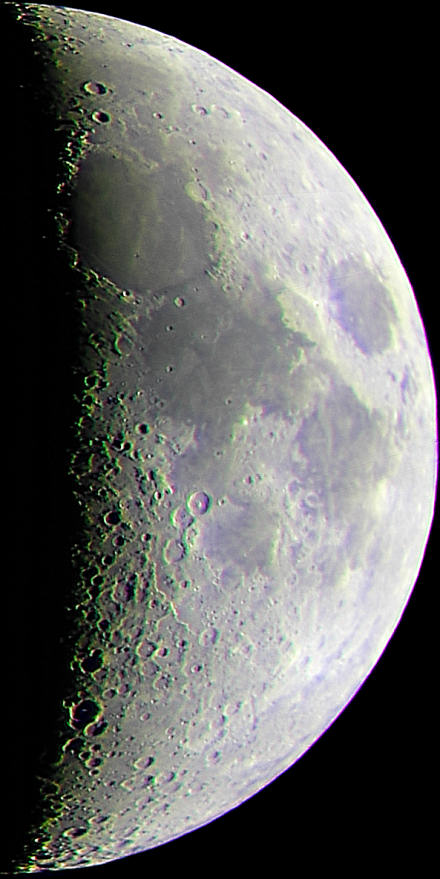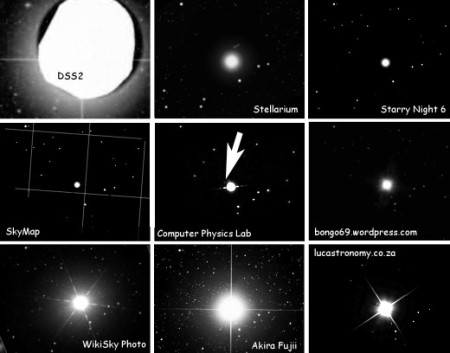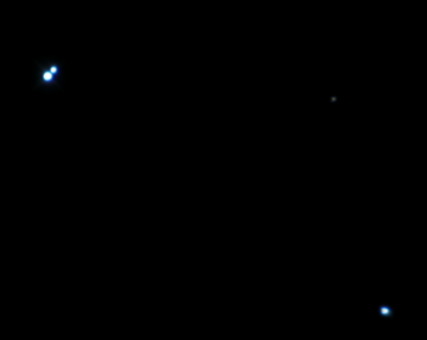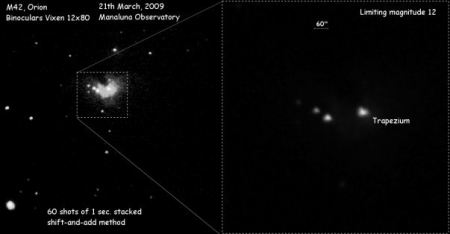It is interesting to explore the possibilities of some common devices such as digicams and binoculars. I have been reprocessing some old stuff from March. I took 474 single exposures of M42 in Orion through the binoculars with my Exilim digicam. Using a stacking software, all these subframes may become aligned and added accurately, resulting into a 4 minutes long exposure single shot with a perfect star-tracking. I reckon I didn’t use any kind of equatorial mount or motorized tracking. Just an steady tripod. Orion belt passed accros the field of view of the binoculars 3 times. In every gap, I corrected manually the FOV to get M42 inside it as longest as possible.
